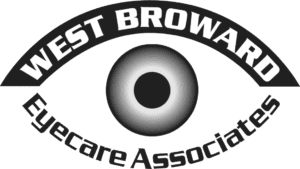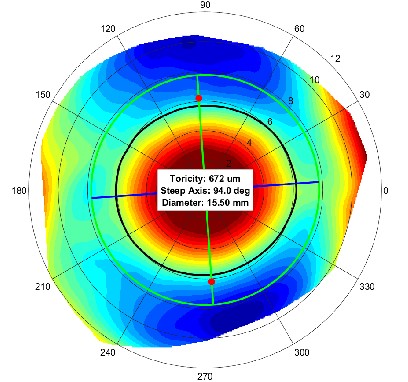Dr. Rhue shares her experience with how the sMap3D™ has been a game-changer for West Broward Eyecare Associates. Read in the clinical report below how the sMap3D™ technology can streamline scleral fitting success.
“We have an 87% success rate with our first lens regardless of the complicated fit. Because of how much our patients adore the lens, we decided to switch many of our patients from other lens designs,” said Dr. Rhue.
Recently the Visionary Optics’ team spoke with Brianna Rhue, OD at West Broward Eyecare Associates about how implementing the use of the sMap3D™ in her practice has enhanced her patient experience and improved the quality of care.
“As a seasoned fitter who knows from firsthand experience how important the landing zone is when fitting lens, this technology solved all of those problems. In addition to that, I wanted an innovative and impressive way to work with my patients, and the 3D scan of their eye that shows them how complicated the fits are, did just that,” said Dr. Rhue.
According to Dr. Rhue, the sMap3D™ has revolutionized their scleral lens practice. “It has cut our chair time significantly, and the optics in the lenses are superior which means clearer vision for our patients,” continued Rhue. “We have an 87% success rate with our first lens regardless of the complicated fit. Because of how much our patients adore the lens, we decided to switch many of our patients from other lens designs.”
Read more about one of her recent clients:
Case Study
The Challenge
A 39-year-old presented 7 days after hyperopic/astigmatic LASIK correction with grade 4 Central Toxic Keratopathy (CTK) in his left eye. He had significant stromal haze and 6 diopters of corneal irregular astigmatism. His VA was >20/400 and was very uncomfortable visually as the other eye had a successful procedure.
The Solution
We performed the sMap3D™ scan and he showed almost 700 microns of scleral toricity at the lens edge and 350 microns at the limbus (see Figure 1 & Figure 2). We rushed the lens for him as the surgeon wanted to treat him with serum tears in the bowl of the lens.
The Results
Upon insertion of the first lens his vision was 20/20 and “more clear” than the eye that underwent successful laser vision correction. Although CTK is rare after LASIK it leaves patients with blurry vision up to a year before the surgeon will try to correct the irregular astigmatism as a result of the immune response. In this case we were able to rehab his vision almost immediately and he is doing great with his very 1st lens of which no adjustments had to be made.





